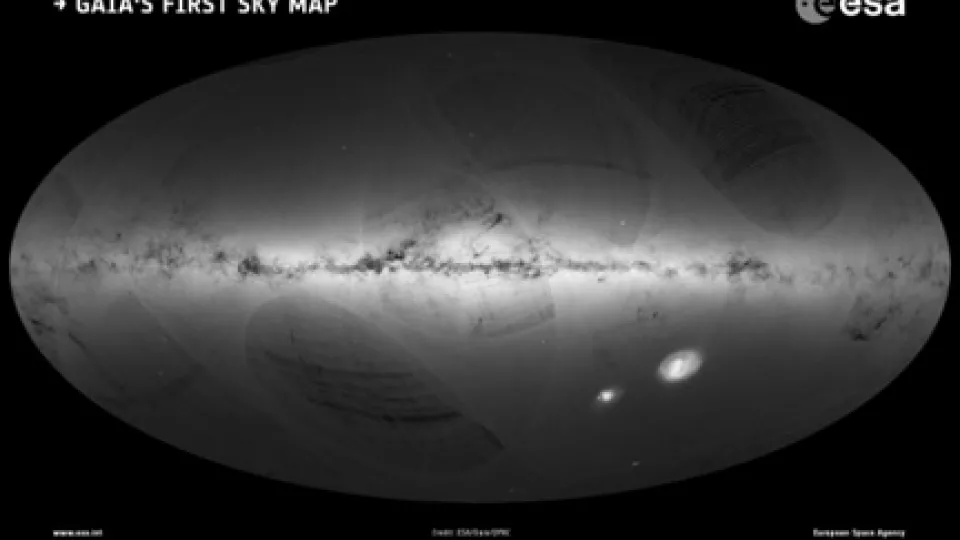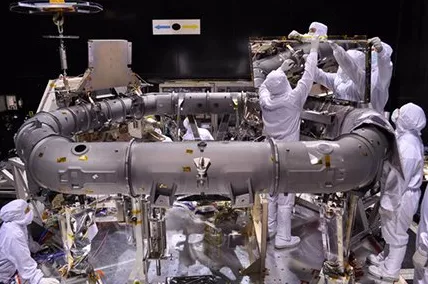The Gaia satellite will gather material and clues about stars, exoplanets, asteroids and dark matter for another few years. To astronomers and space researchers it will be a big day when the first data on approximately two million stars will be published. The astronomers at Lund University, with Lennart Lindegren leading the way, will play a key role when the images from the satellite are to be processed.
“It is here at Lund University that we will be putting the pieces together to create a map of the sky”, says Lennart Lindegren and continues:
“This will be the highlight of 23 years worth of work. But a lot remains to be done before the results are in place.”
The data collected and transmitted by Gaia include the distance between each star and the Earth, as well as the stars’ location and movement. The material occasionally provides clues to the question of whether life exists somewhere else in space.
“Gaia will discover new planets, and provide us with a better understanding of how planet systems are formed and the chances of finding life on other planets”, says Lennart Lindegren.
Learn more:
- Milky Way mapper: 6 ways the Gaia spacecraft will change astronomy (NATURE)

